The blank white screaming screen – it’s a dreadful entity for professionals belonging to any field and especially content marketers. Because it’s always hard to start good blog post ideas from scratch and take the first step.
As bloggers and small business owners, meeting your editorial calendar deadlines is of utmost importance when it comes to your content strategy and even creating content in the first place. But, once you’ve written types of content and blog posts in particular formats, you might find yourself in deep water. You fear that you no longer have a unique and compelling blog post idea or piece of great content to serve your audience.
For keeping your audience engaged, you’ll need to keep an editorial balance. But, lingering on the stressful feeling will only suck up a good amount of your time and energy.
In most cases of this kind of content creation block, you’ll find that the inertia of motion will sail you through. You haven’t lost your ability to produce value-adding and high-quality content. You only need inspiration to come up with new engaging angles for your blog post ideas.
To help you in the writing cause, I want to share 6 tools and strategies with you so you can product high quality content and inspire potential customers to connect with your words and share them on social media.
Here goes number 1.
1. Have fun with top industry publications, popular keywords and Buzzsumo
Are you missing out writing on the most hottest subjects and evergreen content ideas in your niche?
Here’s how you can find out – Plug in a competitor’s URL at Buzzsumo.com and press the search button. The tool returns the most popular content on your keyed domain. Once you have these you can start planning your next batch of blog post ideas.
You can filter the content by date (the past 24 hours to a year), type of content (article, infographics, guest posts and the like), language and country.
You can also discover popular evergreen content by keying your industry keywords.
In particular, note these 3 aspects of the content and how they are considered a success for content marketers;
The headlines that are getting the most shares – 80% of people never read past the headline, but they still share the article on social media (if they find it compelling).
My blog post idea “Get Your MBA in Internet Marketing with These 12 Guides and 2 Courses” was inspired from a popular article I found at Copyblogger. And, it ended up doing well on the social media channels.
Which social media platform is getting the content the most shares – If you’ve a following on a particular social media account, then it’s useful to create great content that is getting the most shares on that social media network. This will work wonders for your social media marketing campaign.
The specific characteristics of the most shared content – type of content, length, media elements and formatting.
For example, I found that Rand’s whiteboard episodes dominate social media for content around “link building”.
So, if I decide that writing a great content piece on link building is a good idea, I can experiment with video content.
Buzzsumo can also fetch trending subjects. Just click on the “Trending Now” button at the top. Then, choose your niche from the left sidebar. You’ll be presented with currently trending content.
Here are the results for the trending topics in the content marketing niche (at the time of writing this post).
As you can, see the post “10 Startup Secrets you can learn from Plus-Size Model and CEO Ashley Alexiss” is gaining a lot of traction.
This gives you an idea on how to come up with writing ideas that involve interesting comparisons. I’ve written a similar post in the past.
And, it seems to be doing well on social media.
If you opt for the paid version of Buzzsumo:
You can perform a valuable content analysis around keywords, find out influencers that have shared your flavor of content in the past and much more.
2. Compile all the latest published posts from your favorite blogs inside Feedly
You can manually visit your favorite blog and content creation communities to stay on top of the content published. Scanning the titles of published blog posts can inspire new evergreen content and blog post ideas. Or, you can always improve upon interesting content pieces.
But, you can save a lot of time as a business owner or content marketer by compiling the RSS feeds of your beloved blogs in a single place. Meet Feedly – a great tool to collect blog posts from multiple sources at one place.
Kevan Lee uses Feedly for keeping tabs on the latest content published on his favorite blogs and blog post ideas. He also creates content using the tool.
You can add websites to your feed from the search bar (located at the top) or from the “Add Content” option located in the left sidebar.
You’ll need to click on the green ‘+’ button to add a subscription to your Feedly account.
You can also organize the content from the feeds in suitable categories.
You can use Feedly on mobile and change the way you want to view the latest stories. If you’re only going to scan the headlines, then use the ‘title-only’ mode.
Once you add a bunch of high-quality websites inside Feedly, new blog post ideas for your small business will be plentiful. Don’t forget to record your interesting article headlines and good ideas using a notes app on your smartphone, spreadsheet or as a note in Evernote.
3. Log on to popular Q&A websites and forums in your niche
When you’re struggling to come up with blog post ideas as a content marketer, you’re basically unable to come up with subjects that will resonate with your target audience and potential customers.
A fix to this problem its a good idea to hang out on the websites where your audience hangs out and expresses themselves.
One such popular website is Quora. It’s a high-quality version of Yahoo Answers and has quickly risen to become the 140th most popular website globally and a go to for both large and small business owners wanting to improve their marketing strategy.
Quora has questions around wide-ranging subjects that you can use to create content. You’ll need to start by filling topics in your profile’s “Knows About” section.
Once you’ve organized your profile, you’ll get questions asked by the website members around your subjects.
You can use the stats of a question in the right sidebar to find the most popular questions.
StackExchange works similar to Quora – use the drop down menu at the top to search for relevant subjects.
It has different filters for sorting the questions. For example, all sites have associated tags.
You can also filter the most viewed and most voted questions.
Another huge Q&A website is Reddit. You can search for relevant sub-reddits (mini-forums on a subject) by entering your niche keyword in the search function at the top.
You can also use metareddit for coming up with more relevant sub-reddits.
Once you’ve built a list of relevant sub-reddits, you can explore the top posts in each. The posts that get the most upvotes and comments should make for a good blog post idea.
You can also scrape niche forums and popular questions using tools like FAQFox. I mention these two methods in this article.
You can also dig Disqus comments to come up with evergreen content ideas. Search for such conversations using a query like – site:disqus.com/home/forums/ “niche keyword”.
Besides generating blog post ideas, you can also extract the exact words used by your target audience to create quality content. Brian Dean came up with the title of his blog post on TrustRank by using a variation of a pertinent question on forums.
And, he quickly started ranking for the term in the SERPs.
4. Crunch data from your Google Analytics reports
Google Analytics (GA) is one of the most powerful tools with actionable insights for bloggers and small business owners. Let me show you 3 ways to use GA for content inspiration with this step by step guide.
1. Navigate to Behavior > Site Content > All Pages to get your website’s most popular pages. Add a filter, like “blog,” for filtering non-blog pages.
The default metric sorting your posts will be pageviews – which is a good place to start.
A more robust metric is the average on-page time your visitors are staying on a page. Switch to the comparison view to find a clear cut percentage love of blog posts vs. the overall website.
You can search for top blog posts from particular categories in your blog.
Before you arrive at a new blog post idea based on the above analysis, remember the following factors that might skew your data.
- Formatting and on-page user-experience factors
- Video and other media elements in the post
- Type of content and length
2. Did you know that you can set up a site search report inside GA?
It returns with the terms people search for when they visit your website.
The report will give you great content ideas for your small business that your own audience is eager to know.
Here’s a quick tutorial by Orbit Media Studios on setting up the report.
Once you’ve set up the report, you’ll need to navigate to Behavior > Site Search > Search Terms to access the data.
3. Outgoing links to authoritative sources help in establishing your credibility to the visitors and even help search engines in determining relevancy.
So, if you regularly link to external resources in your blog posts, then you can tag these links and track the clicks and pageviews on them.
Here’s the GA official guide on tracking outbound links. If you’re on WordPress, you can use this plugin by MonsterInsights that auto-tags outbound links.
If you want qualitative insights, then you can survey your website visitors using Qualaroo.
You can also send a quick form to your email subscribers for the same. Matthew Woodward recently surveyed his email subscribers using a form at Survey Monkey.
5. Keyword research is equivalent to market research
Did you make note of a repeated fixture in all the above strategies?
We were keen on the exact words used by your target audience in forums, your website’s search box and the headlines that resonate the most with them.
It’s because keywords and long tail keywords tell us the problems that your visitors are facing in the exact language they use to describe them. They are also great for a high quality SEO strategy.
Keyword research has evolved from simply pleasing search engines to nailing user intent and satisfying your visitors. It’s a cornerstone of content marketer research.
Here are 2 tactics that you can use to research great content and blog post ideas that have a demand in the market.
1. Reverse engineer your competitor’s URL in the Google Keyword Planner and let it return with 800 relevant queries associated with the website.
If you want data-oriented insights, you’ll need to shell out some dollars on a professional tool like Ahrefs. You can use its positions explorer to find a competitor’s top organic keywords.
And, you can then extract the low competition ones to come up with new evergreen content ideas.
2. If you’ve got some seed keyword ideas around the subject you want to write, I encourage you to find their long-tail keyword versions. They are fun to write, get better conversions and are generally a good idea because they are easy to rank in search engines.
A great tool to start your long-tail keyword journey is Keywordtool.io – just enter a seed keyword inside the tool.
It’ll return a long list of keyword suggestions.
You can also try Ubersuggest for even more keyword suggestions that are sorted alphabetically.
Another great keyword type that gets your small business or brand brownie points from search engines is the synonyms of the keywords. They are called LSI keywords and are provided by Google at the bottom of its search results page.
6. Rehash content from a popular book in your niche while adding your own spicy sauce to it
Most of the created content on the internet is more or less inspired from books. If you’re a blogger, I am guessing that you regularly refer to popular books in your niche for education and even for blog post ideas.
The simplest kind of blog post can be a review of a popular book that you read recently.
If you’ve made notes while reading, you can revisit them to come up with interesting and great content ideas. Maybe you can simply comment on the main idea in a book. The blog post below starts with the blogger’s experience reading “The Myth of Multitasking”.
You can also share lessons you’ve learned from a book. I wrote about the 7 lessons I learned from 4 books on copywriting in this post.
If you absolutely love reading, you can also create a blog post that lists some of the best books grouped categorically. James Clear has a separate website page on books, sorted by their genre as one of his blog post ideas
Conclusion
Lists and how-to blog posts have been a staple textual format from content marketers on the internet for a while. BuzzFeed, UpWorthy and many other popular blogs have abused them to get heaps and heaps of traffic.
It’s important, though, as a small business to strike an editorial balance when it comes to the best way to create content. If you don’t serve a good variety of evergreen content, your visitors might feel bored. The writing strategies and tools shared in the post should help you come up with interesting blog posts and good ideas for your created content.
What are the writing strategies you use to spice up your blog and encourage social media shares? Let me know in the comments below.









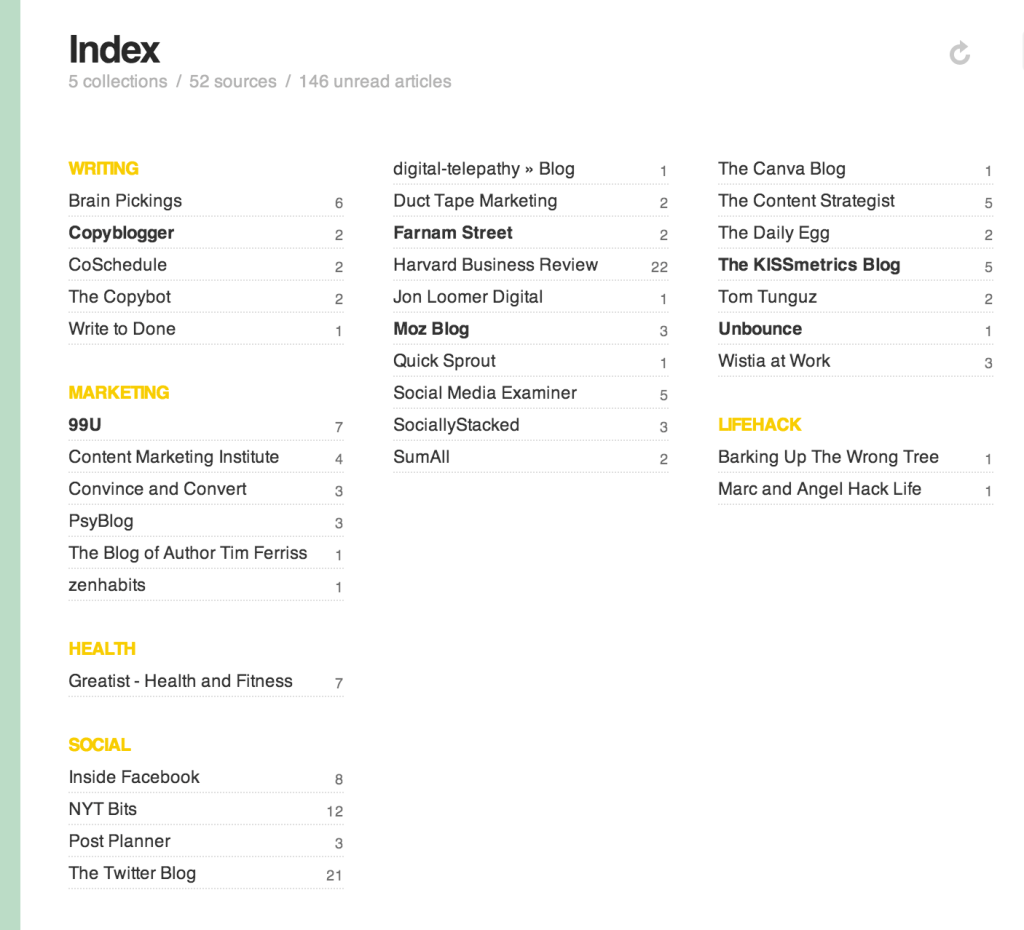
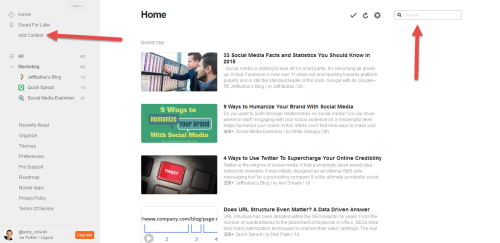

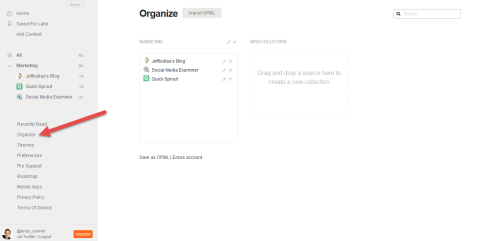

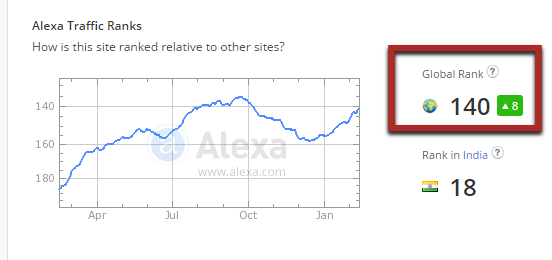



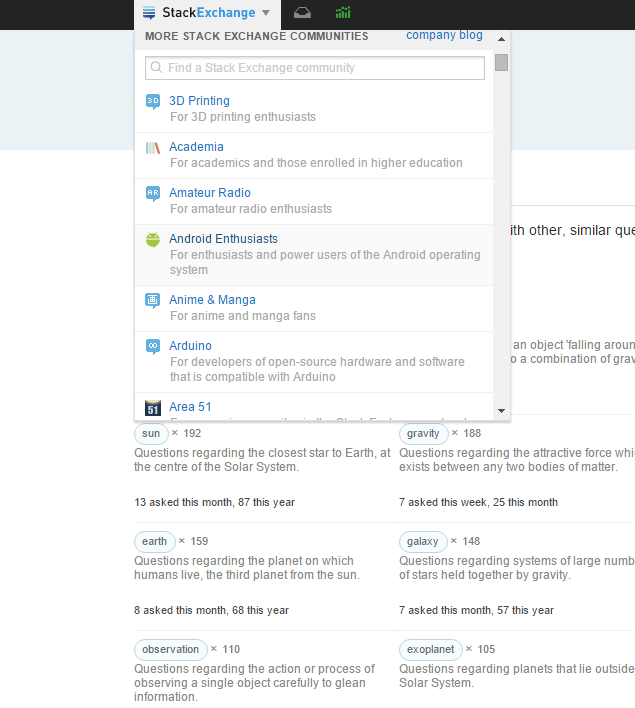
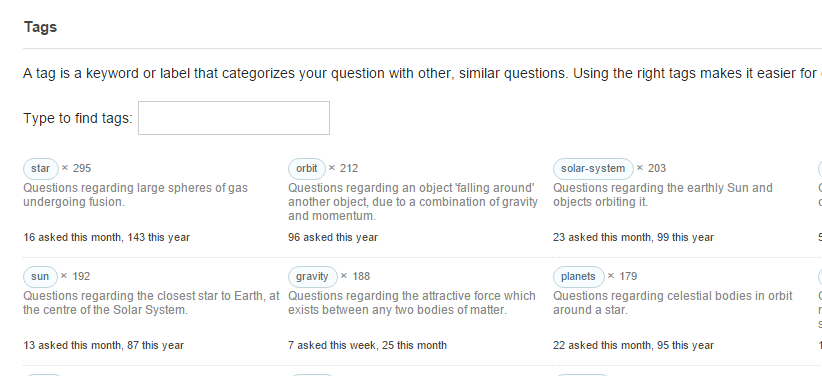
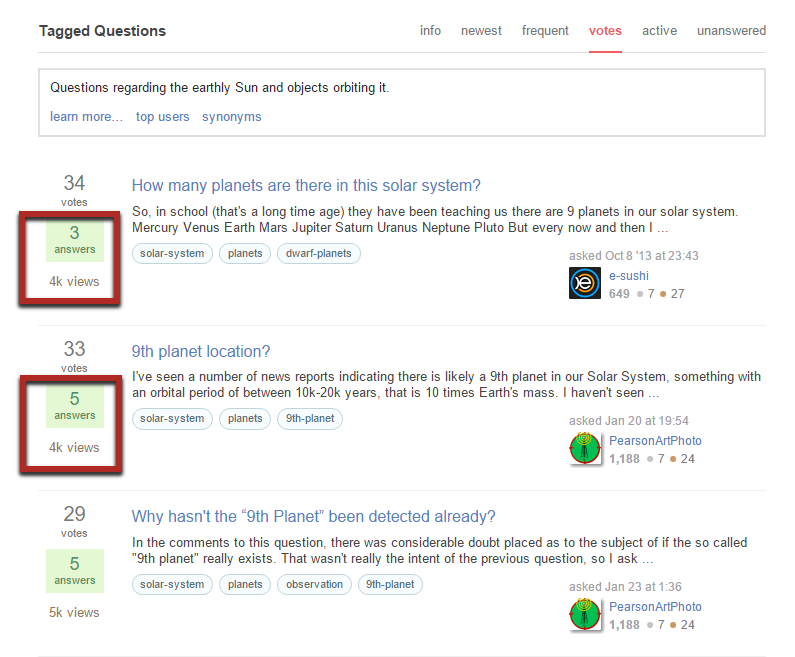
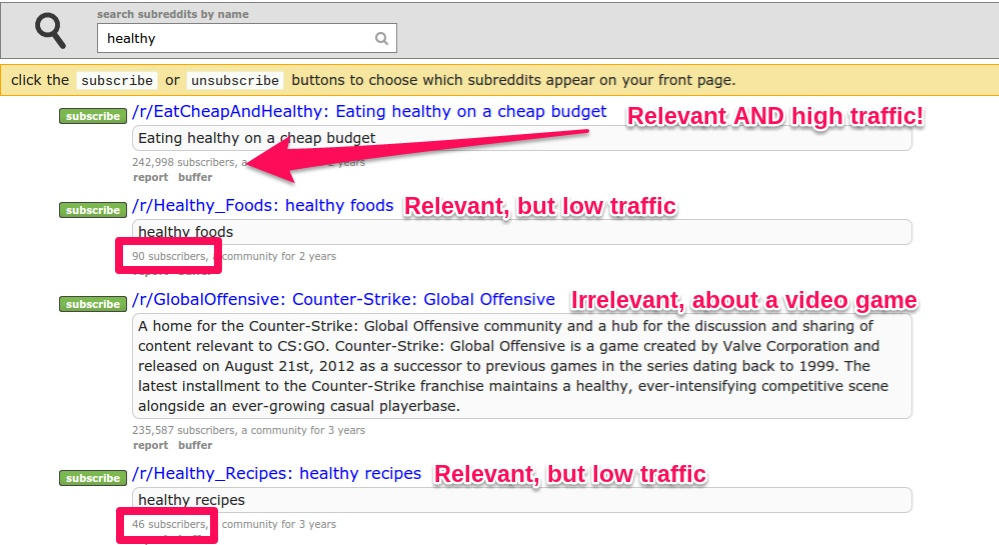


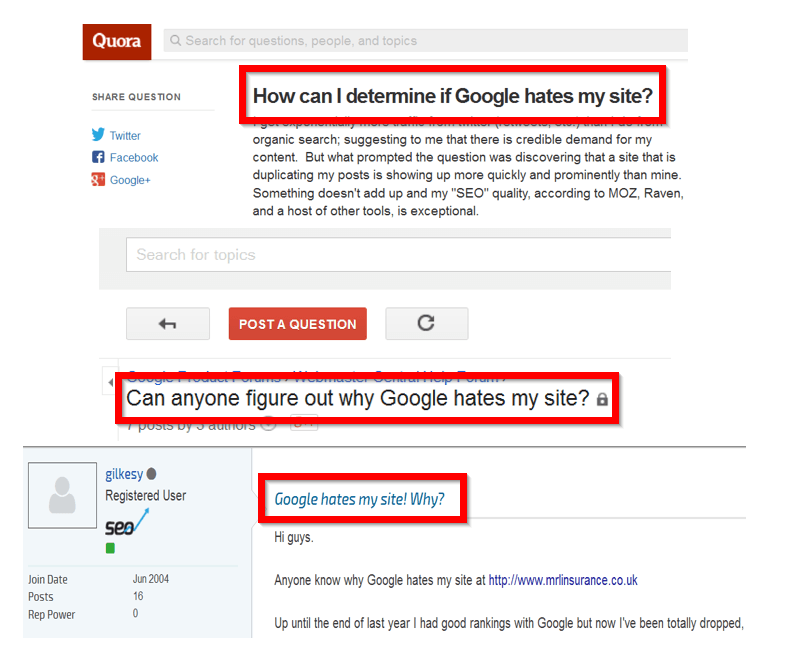


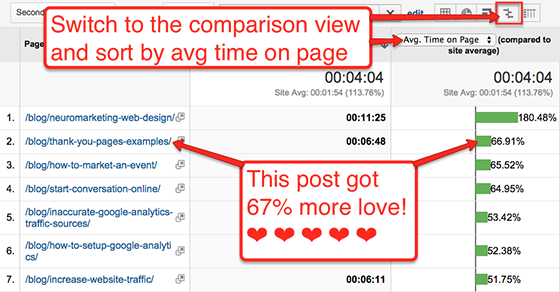







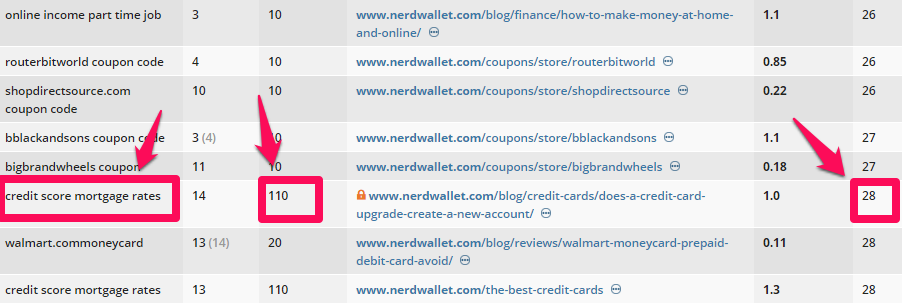

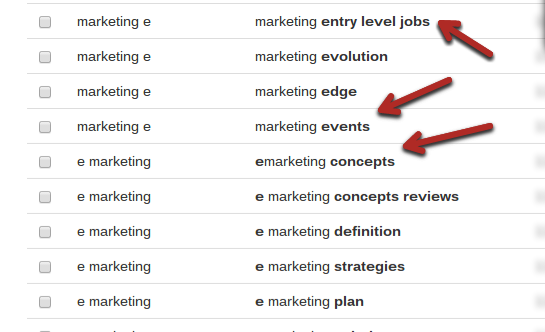






Comments (36)